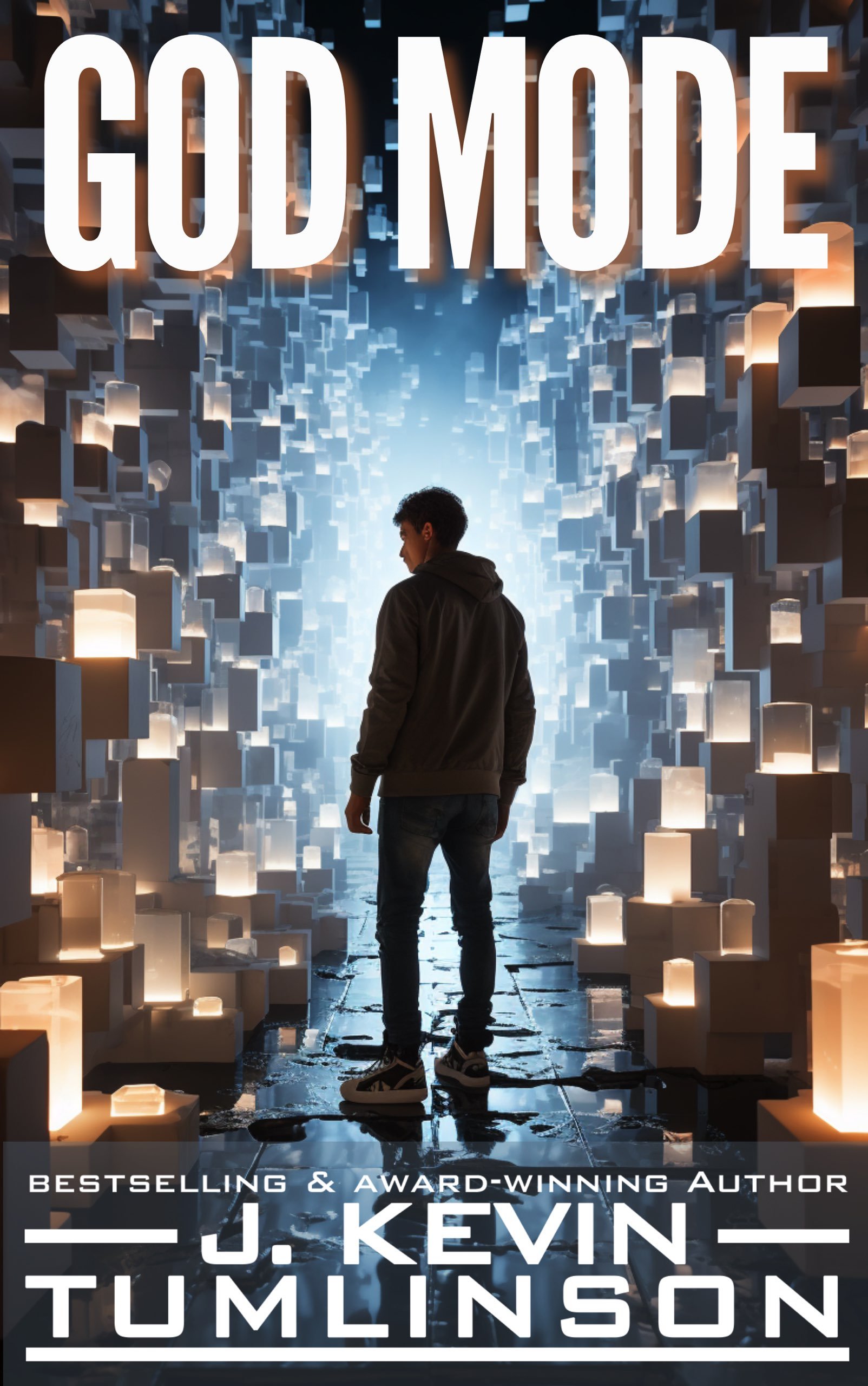Can You Reframe Your Past?
Memory is a funny thing.
For example, I have this memory that nags at me, and I can never quite convince it to come fully to the surface. It just every now and then flashes partially formed into my mind while I’m doing other things. It’s a fairly intimate memory, so not something I think I would easily forget if it actually happened. But for the life of me I can never quite extract all the details.
And that leads me to believe that it’s actually the memory of a vivid dream I had at some point. I’m getting just enough specific detail to make me think it really happened, but it falls apart when I start looking too closely. Things don’t quite add up. The circumstances are kind of… well, not impossible, but very unlikely.
Stil… when it pops up I spend days trying to piece it together, without much luck.
The Featured Book: The Coelho Medallion. The first Dan Kotler Archaeological Thriller! Kotler and Agent Denzel must solve the enigma of a Viking medallion recovered for a site in Pueblo Colorado, and prevent a terrorist group from leveraging its secrets to cast the world into war.
READ IT NOW!
That’s the weird, cool, even scary part about memory. If we really put some effort into it, we can literally rewrite our memories. This happens frequently in therapists’ offices, actually—some resurfaced traumatic memory is later discovered to have never happened, and is instead something the therapist planted (hopefully unintentionally), and the patient made “real.”
Reality is a funky thing. It seems solid to us. It seems concrete. But we have to remember that we are experiencing reality through a filter—our five senses. There could be a lot more information there than we know, since we are limited to taste, touch, sight, sound, and smell.
In fact, we do know for absolute certain that there is more happening around us all the time than we can sense, even if we’re just talking about things like the electromagnetic spectrum or light that is a higher frequency than we can see. There’s a universe of activity happening around us at all times that we simply can’t notice.
But let’s get back to memory…
Because if you can plant false memories, even by accident, then you can certainly do so intentionally. And though there are some nefarious uses for this sort of thing, there are also some benign and beneficial uses.
Imagine reframing a traumatic memory into something more pleasant. Imagine rewriting a bad day into one where you behaved better. Imagine altering your failures until they become success stories, and encourage you to keep doing better.
Reframing is a powerful tool.
And it can be as simple as relaxing, calling up the memory you don’t like, and visualizing an alternative. It helps, in fact, if you can lower the volume on the “bad” memory, dim the lights on it, shrink it and make it further away. And then, with the new “good” memory you brighten it, make it louder, make it close and bigger.
Do this a few times, swishing back and forth between the old, unwanted version and the new, better version, and you can start to rewrite the emotional reaction you’re having to the memory. In effect, you’re tossing the memory you don’t want and replacing it with the memory that you do.
Weird, I know. But handy. Helpful.
There is, of course, a lot more to this than what I’m describing. There are also cautions to consider. If you’re interested, try looking into Neuro-Linguinstic Programming (NLP). There are tons of books, videos, articles and more on the subject. It’s been around for quite a while, and it’s at the heart of a lot of work from people like Tony Robbins.
What I like and appreciate about it is that it gives us a way to control who we are in response to our experiences. We get to choose. And choosing… that’s empowerment.
Choose your own life. Program yourself to be exactly who you intend to be. Reframe what doesn’t work for you into what does. You can live the life you intend to live, and reframing your experiences is one path to that.
If you like this post, there’s a blog full of this kind of stuff. And Side Notes is basically an extension of my Note at the End, which you’ll find in all of my novels. And you can find those by clicking here. Share this post with your friends, if you found it helpful. And buy my books if you’d like to support me and my work!
And check out the YouTube Playlist associated with this blog—my show about everything. Kevin Tumlinson Wants to Talk about Something Else, exclusively on YouTube! Make sure you like, share and subscribe today.






Dan Kotler is back, and this time he’s been recruited to help investigate a mysterious artifact that’s at the heart of a Senator’s disappearance. Engraved on the artifact is a lost Viking rune… but that’s impossible.
The artifact predates the Vikings by nearly ten-thousand years.
Now the artifact has been stolen, and whoever took it plans use it to unleash Hel on Earth. And only Dan Kotler can stop them!
Book 13 in the Dan Kotler Archaeological Thrillers!
>>CLICK HERE to Order The Forgotten Rune